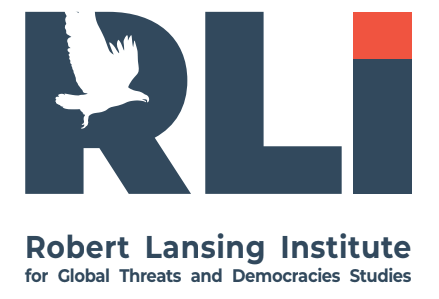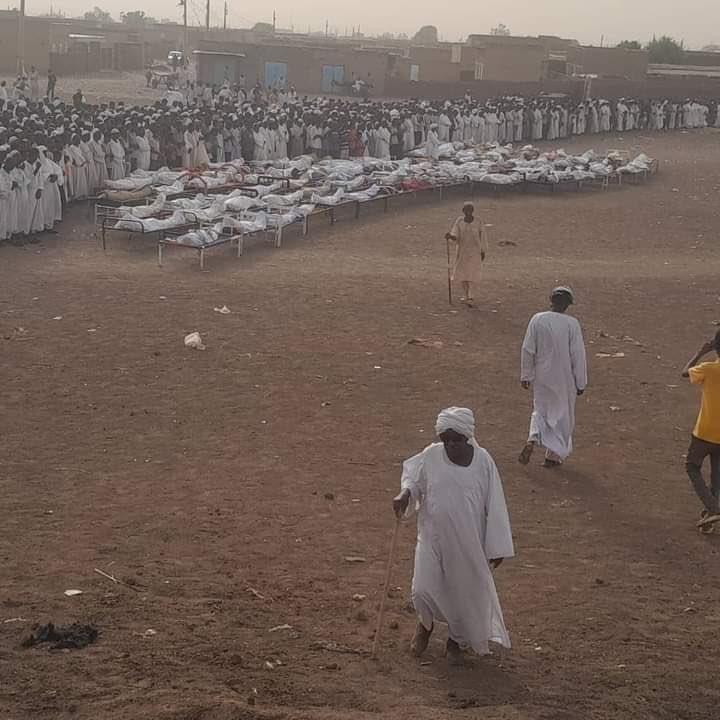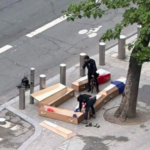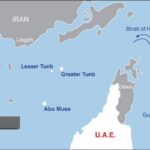The war in Sudan has taken on an ethnic dimension, especially in Darfur, where militiamen of the Rapid Support Forces (RSF) are accused of killing civilians based on their ethnicity. The latest victims are nine people killed by the RSF because of their ethnicity while fleeing the ongoing conflict in El Fasher, the capital of North Darfur, to the city of Mellit. If El Fasher falls, they could get the opportunity to complete their genocidal project.
Since May 10, El Fasher has been the scene of fierce fighting between the Sudanese Armed Forces (SAF), supported by some of their allied armed movements, and the RSF. The fighting has caused numerous civilian casualties and serious damage to homes and civilian infrastructure. The situation in the city, which is home to nearly 1.5 million people, including residents and internally displaced persons who had found refuge there, is dramatic. The RSF is continuing its offensive to take over the city and is accused of deliberately shelling populated areas with heavy artillery to force residents to flee. The RSF’s persistent quest for control is explained by the fact that North Darfur, with its capital, is the only part of the Darfur region not yet controlled by the RSF. Since the end of last year, the RSF has taken control of four of the five states in the Darfur region: South, West, Central and East Darfur.
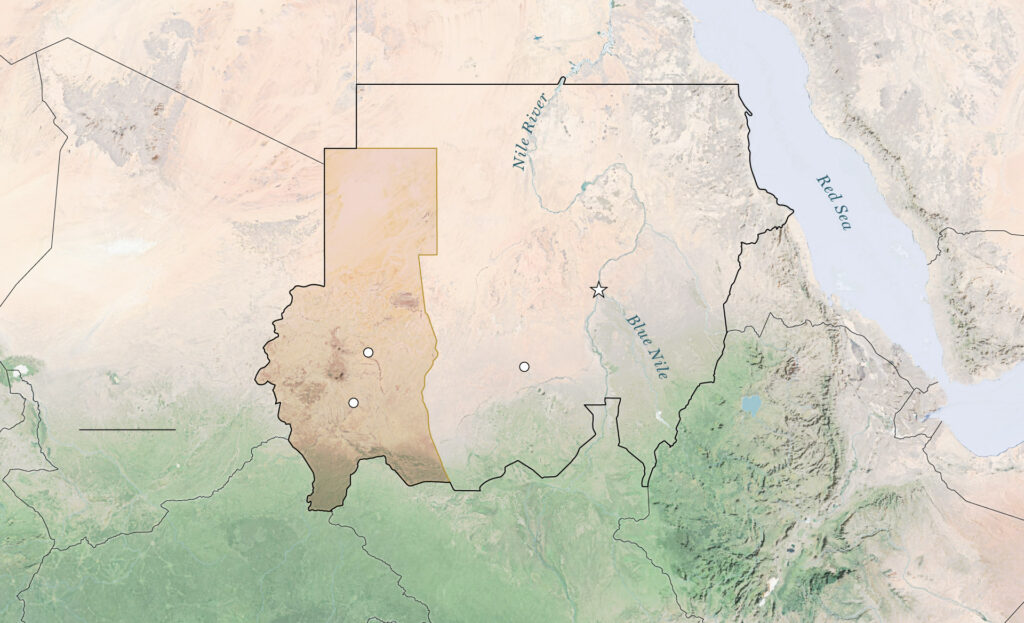
The capture of El-Fasher would give the RSF the opportunity to attack regular army positions in northern Sudan and to supply itself via Libya with the help of Russian mercenaries. The local population, and in particular the Masalit, are accused of siding with the regular army against the predominantly Arab RSF. The Masalit are an ethnic group who reside mainly in Chad and Darfur in Sudan. Between 2003 and 2008, Khartoum supported the Janjaweed Arab militias to put down rebel groups in Darfur, whose members included Masalits. The RSF and its militias have methodically massacred and committed sexual violence against members of the Masalit community after interrogating and screening their victims’ ethnicity, singling out Masalit members to be raped or executed at close range.
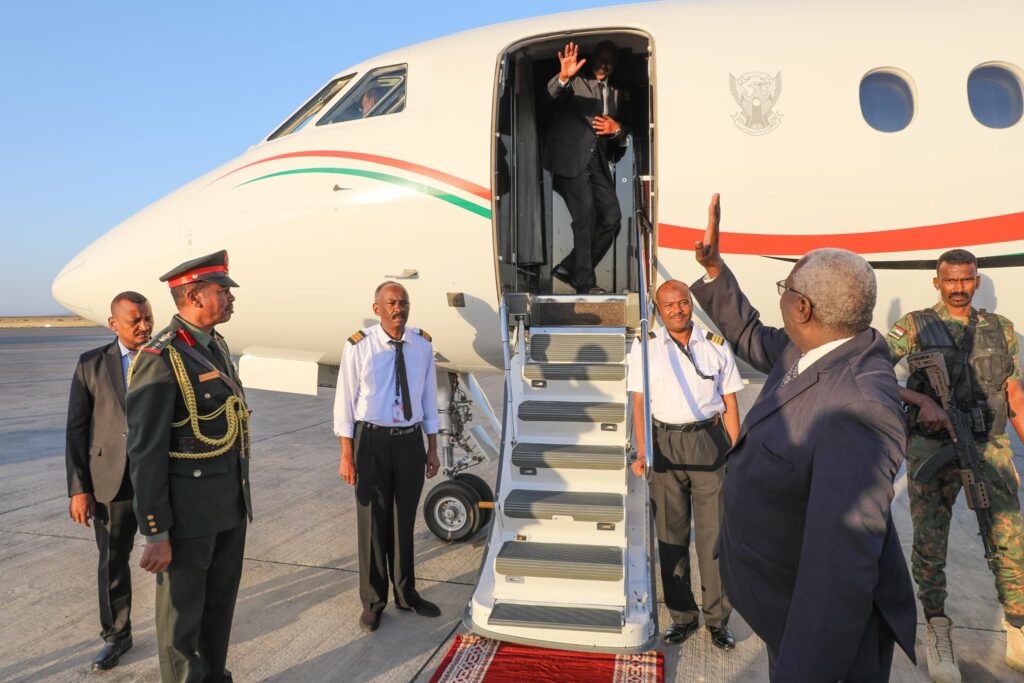
More on this story: Iran and Russia are spurring Sudan to become hostile towards the U.S.
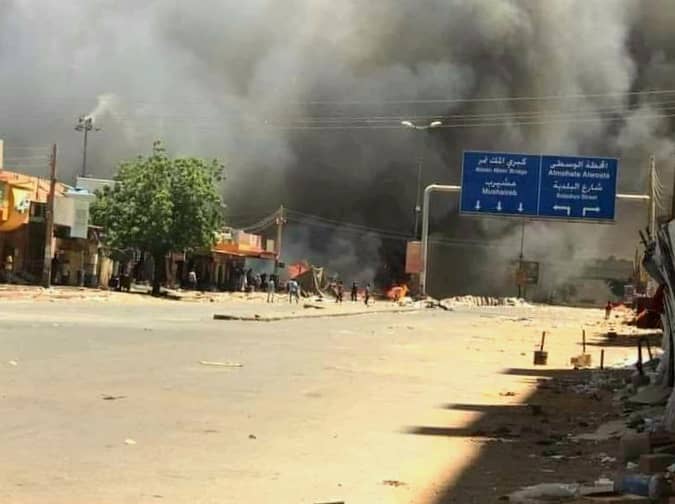
More on this story: Sudan: spike in violence, as Chad risks losing stability
Non-Arab populations such as the Masalit, Zaghawa and Furs have been the target of attacks by the RSF and its precursor, the Janjawee militia, for more than 20 years. When war broke out in April 2023 between the regular army commanded by General Abdel Fattah al-Burhan and the RSF led by Mohamed Hamdan “Hemedti” Dagalo, the latter again attacked the non-Arab population in Darfur.
Some of the armed groups in the region joined forces to repel the attacks of Hemedti’s fighters and formed the “Darfur Joint Force”. Initially, it was a neutral alliance tasked with protecting el-Fasher. The governor of Darfur, Minni Minnawi, an ethnic Zaghawa, took over the leadership of the formation, which includes the “Minnawi’s Sudan Liberation Movement”, the “Justice and Equality Movement (JEM)”, the “Sudanese Alliance and the Gathering of Sudan Liberation Forces”. In November 2023, Minnawi and JEM leader Gibril Ibrahim sided with the regular army.
Since April, forces loyal to army chief Abdel Fattah al-Burhan, who is Sudan’s de facto head of state, have been at war with the RSF commanded by his former deputy, Mohamed Hamdan Daglo.
RSF’s aim is to eradicate the non-Arab Masalit community from West Darfur.
Both militias are involved in fighting for control of el-Fasher. Three other groups (Sudanese Alliance, Gathering of Sudan Liberation Forces, Sudan Liberation Movement-Transitional Council) have so far remained neutral in the conflict, focusing on protecting civilians in el-Fasher.
Historically, Darfur was an Islamic sultanate located in the western Sudan. The Fur were the ruling ethnic group in the Darfur region before1916 . The Fur began to be converted to Islam in the 1300s. In 1596 , the Darfur Sultanate was established and Islam declared the state religion. The Darfur sultanate remained independent through various conflicts in the Sudan, including the Anglo-Egyptian conquest of the Sudan in1898 , before finally being subjugated by the British in 1916 and made part of western Sudan.
Darfur is home to some 80 tribes and ethnic groups divided between nomads and sedentary communities. The rebels seem to be drawn from within mainly three communities of the Fur, Massalit and the Zaghawa tribes. The war has inevitably focused upon those areas of Darfur within which the insurgents chose to base themselves. Many civilians have chosen to flee and remove themselves from these war zones. Although the indigenous peoples of Darfur (the Fur, and several other ethnic groups) and the Arabs have always have relatively distinct identities, they generally got along well until resources became scarce, then ethnicity and race became a factor in the conflict.
Darfur has historically been one of the most remote regions of Sudan. Even in normal circumstances, the region is hard to reach because it is so far from the capital, Khartoum. Tribal and ethnic conflicts are neither new nor uncommon. Incidents of both small and large scale conflicts are recorded as far back as 1939 and they generally arise from disputes over access to natural resources like range lands and water points as well as livestock trespassing (grazing on farm lands), closure of herd routes and cattle raiding. Larger conflicts normally emerge from tribal disputes, banditry and disputes with transnational migrating communities. The influx of modern small arms since the war in Chad has increased the loss of life during such conflicts and caused polarization on ethnic lines. North Darfur and parts of West and South Darfur have suffered recurrent droughts. Crop yields have remained low and unpredictable due to erratic rainfall, pest infestation and the lack of agricultural inputs. Livestock has also dwindled due to pasture and water scarcity. The local labor force has continued to migrate in search of employment leaving behind children, women and the elderly. A combination of these factors over several years has systematically eroded the coping capacities of communities.
The pattern of conflict changed from low-intensity, small-scale outbreaks from the1950 s to the1970 s, to high-intensity, persistent and large-scale battles in the mid-1980s. These conflicts have included those between the Rezegat and Maaleya (1968), Salamat and Taayesha (1980), Binihelba and Meharya (1980), Zaghawa and Gamar (1989). The prolonged drought that began in 1983 drove nomadic Zaghawa and Arab groups southwards into the central Fur region of Jebel Marra. These conflicts have been between nomadic and sedentary communities, and amongst and within nomadic and pastoralists.
Thus, current conflict is part of a long legacy of corrupt military rule and land dispossession since Sudan independence from British rule in 1956.
Although the ethnically diverse people of Darfur were all Muslims and have a very strong sense of belonging to the Sudan, a sizeable minority also feel affinity with related groups in neighboring Chad.The activities of nomadic Arab tribesmen known as the “Janjaweed” have come into sharp focus.
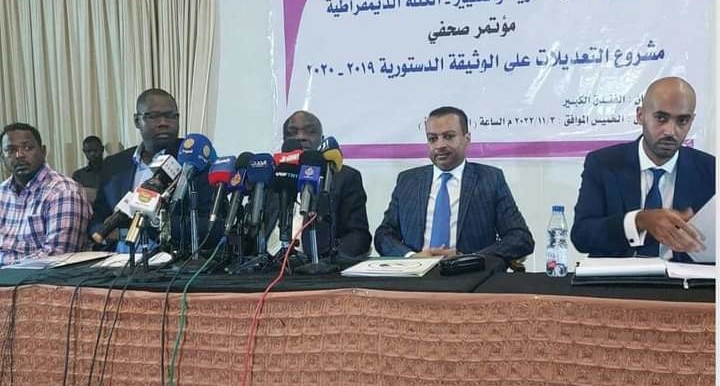

More on this story: The Sudanese army is at risks of collapse.
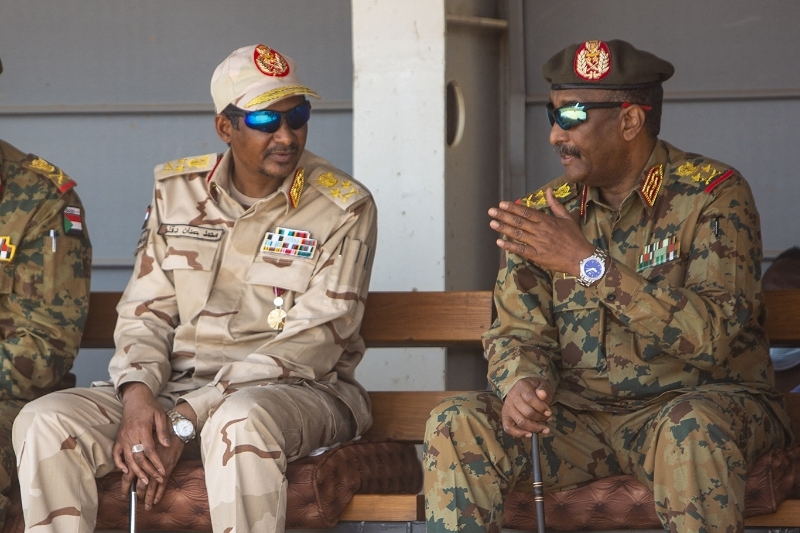
More on this story: Sudan’s struggle for power might weaken the position of the military
